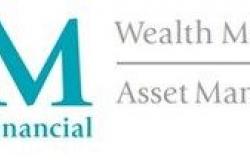CHow do you define a wine? According to regulations, it comes from the alcoholic fermentation of grapes, with an alcohol content of more than 8.5% and less than 15%. How do you define a “de-alcoholized” wine? Perhaps as a modern-day oxymoron, after vegetable steak or gluten-free bread. But de-alcoholized wine was not born from an urban whim: its definition was obtained at the end of 2021 in Brussels by the wine lobby, with the definition of a content of less than 0.5% (above 0.5 and up to 8.5%, it is a “partially de-alcoholized” wine).
In 2024, this regulation will delight some French winemakers who are buzzing with the “alcohol-free” trend: a growing niche (+7% of sales worldwide from 2023 to 2027, according to the IWSR, a global database on beverages) when deconsumption is weighing down still wine (-1%). Without a second thought, the wine industry is following demand. Unfortunately, climate change is going against the grain by increasing the sugar concentration in grapes, which is found as alcohol in wines. On average, Bordeaux reds went from 12.7% between 1990 and 1999 to 13.7% between 2010 and 2019, according to Liv-ex.
READ ALSO Wine special – Languedoc: Pic-Saint-Loup, the pioneers of renewal
Losing in drinkability, this more alcoholic offer finds fewer and fewer consumers and faces more and more flexi-drinkers. This is evidenced by the implementation, since 2020 in France, of Janvier sans alc […] Read more





